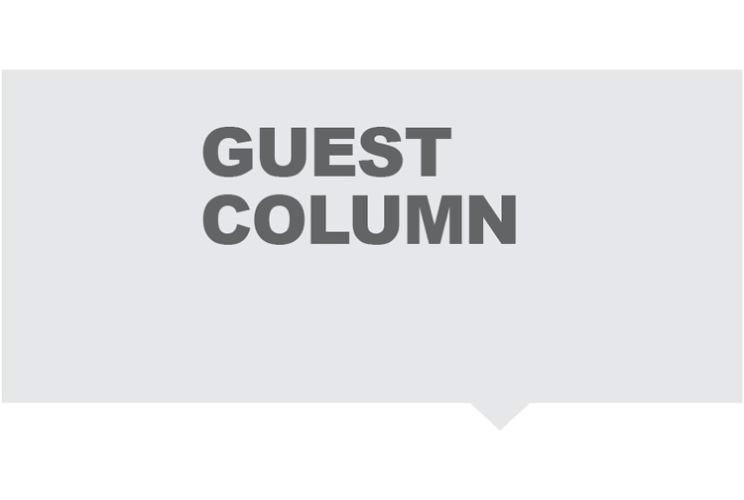For us on this World Water Day (March 22), our glass is half full. It hasn’t been an easy year, but one of the few reprieves for many of us during the pandemic has been a chance to go out into nature more. It has reinforced our appreciation and value of clean water and healthy ecosystems.
At this time of the year, the snow is melting, summer camping and fishing plans are being hatched, and seeds are being watered as starters for future gardens. This is also the time of year when more than 300 million salmon smolts are making their way through the Skeena watershed to the estuary where they will pause before embarking on their three to five year saltwater journey. Many millions more are doing the same down the mighty Fraser River.
On the other hand, our glass is half empty. We’re worried about water flows and droughts that may come from climate change this year. We’re worried about the impacts from the Big Bar landslide into the Fraser River that prevented so many salmon from spawning further north.
We’re also worried about all the mining waste contaminating our watersheds. The thing about this is we can prevent it. It is hard to stop a landslide; it is possible to stop a waste discharge pipe into the Fraser River or Quesnel Lake.
For more than six months of the year, Taseko Metals’ large Gibraltar copper mine dumps 24 million litres of untreated wastewater into the Fraser River every day. The Xat’sull First Nation successfully appealed their discharge permit in 2005 and stopped the contamination. But the victory only lasted a year and British Columbia has continuously approved this pollution from Taseko’s mine waste dumps. This month, the Tŝilhqot’in National Government is taking their challenge of the discharge permit to a B.C. Environmental Appeal Board hearing.
After the nightmare of the Mount Polley mine disaster in 2014 dumping 24 million cubic metres of mine waste into Quesnel Lake, Hazeltine Creek and other area waterways, the company, Imperial Metals, was never fined or charged or penalized for the disaster. In fact, they received permits to pollute instead. The company can discharge wastewater into the world’s deepest fjord lake. They have been repeatedly out of compliance with their permit. Local residents formed the Concerned Citizens of Quesnel Lake (CCQL) after the mining disaster and are currently appealing Mount Polley’s attempts to permanently dump into the lake. They are likely to appear before the BC Environmental Appeal Board before the summer.
The BC Mining Law Reform Network recently released a map of metal and coal mine sites throughout British Columbia. It found that 116 sites are contaminating, or potentially contaminating the surrounding environment, with 55 of the sites lacking sufficient information to assess pollution risk.
We do know that mining in B.C. is contaminating water and fish – with serious ongoing risks from tailings dam failures, leaks, and toxin releases. We want our rivers to remain wild and thriving. We must do what we can to reduce threats to the wild salmon that have sustained our communities and ecosystems for generations.
We want our kids and grandkids to have full glasses of clean drinking water to enjoy with their wild salmon now and into the future. There are many things we can do to better protect the health of our rivers. Stopping British Columbia from permitting mine pollution into our waterways is one of those.
- Bev Sellars is a senior leader of the Indigenous Leadership Initiative and a former councillor and chief of the Xat’sull (Soda Creek) First Nation in Williams Lake. Nikki Skuce is directior of the Northern Confluence Initiative and co-founder of the BC Mining Law Reform Network.



